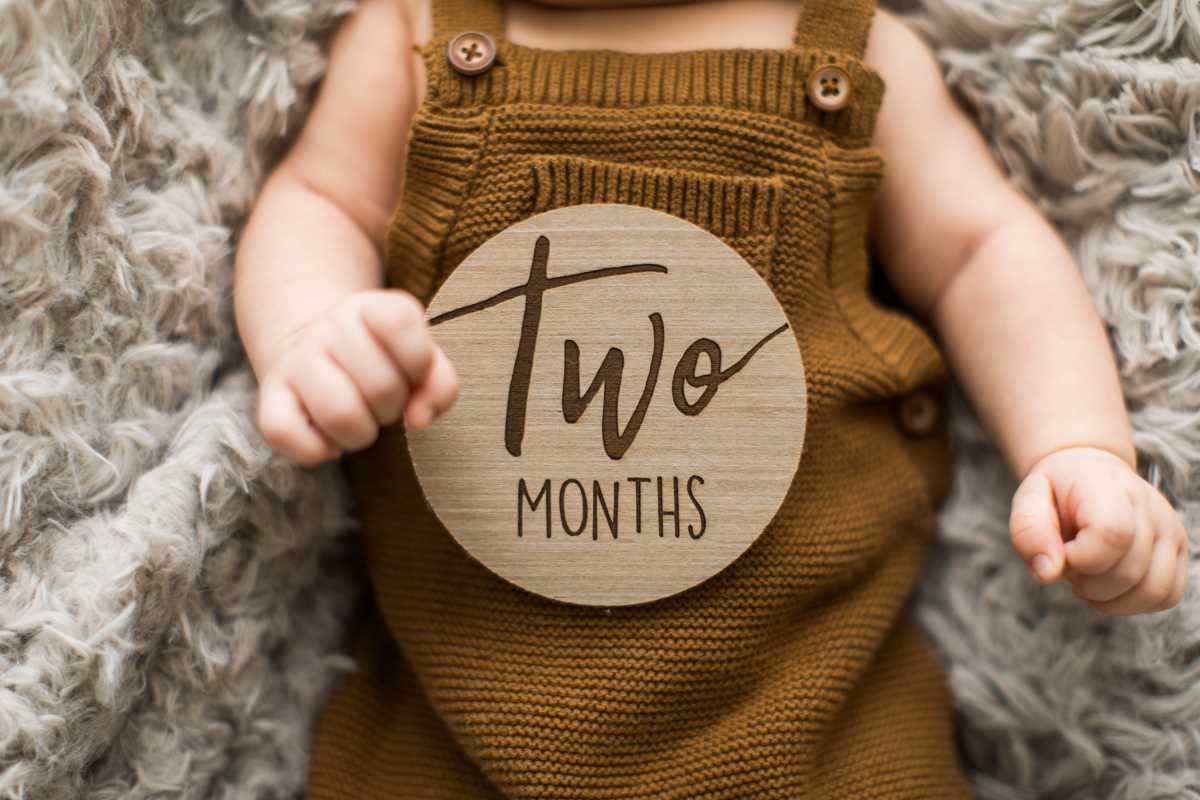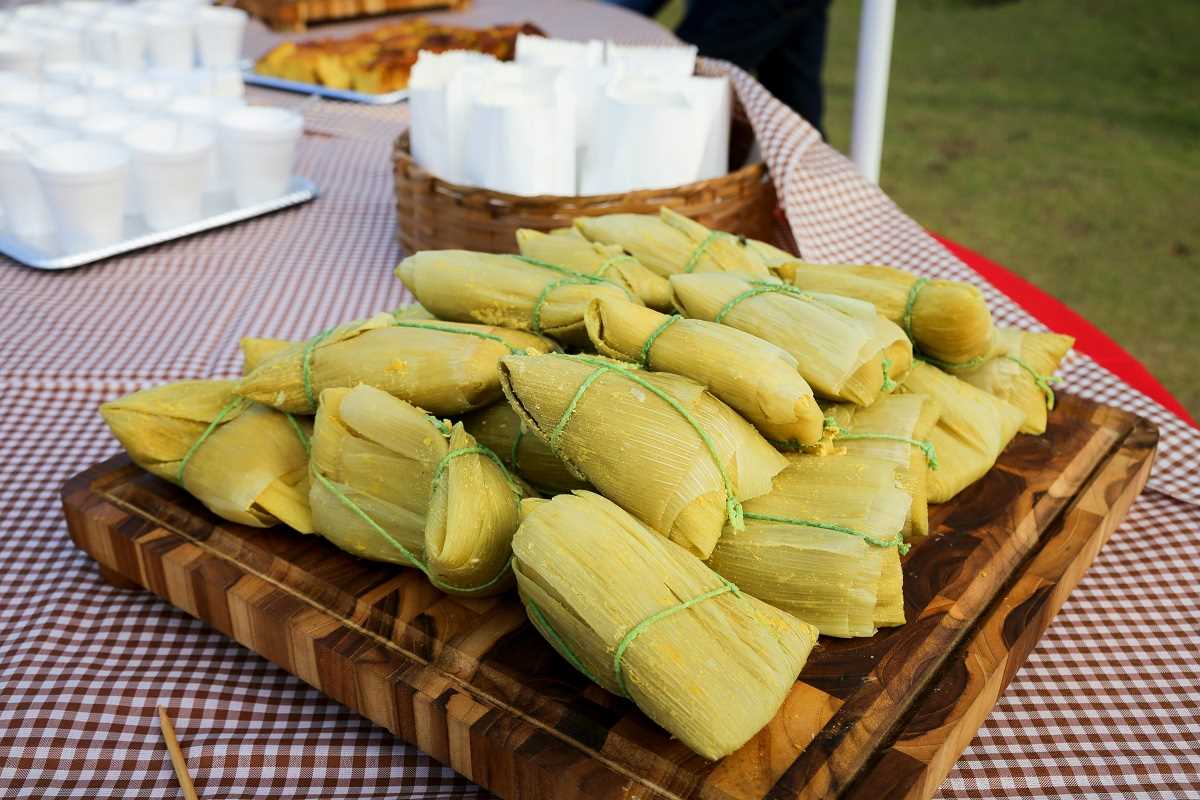Food brings people together like nothing else. Whether it’s gathering around the dinner table for a holiday feast or sharing a quick snack after school, meals create memories, traditions, and connections. One of the best ways to preserve these memories and celebrate your family’s unique flavors is by creating a family cookbook. It’s not just about writing down recipes; it’s about capturing the stories, flavors, and moments that make your family special.
Making a family cookbook can be as simple or creative as you want. It’s an opportunity to bring your loved ones closer while sharing cherished recipes with future generations. Plus, it’s a project that everyone can contribute to, from grandma’s secret pie recipe to your sibling’s famous lasagna. Here’s how to get started, step by step, along with tips to make your cookbook fun, organized, and meaningful.
Why Start a Family Cookbook?
Before jumping into how to create one, it’s important to understand why a family cookbook isn’t just a fun project but also a meaningful one. Here are a few reasons why it’s worth creating:
1. Preserve Family History
Recipes are often passed down from generation to generation, but without writing them down, many can get lost over time. A cookbook acts as a time capsule, preserving your family’s culinary traditions and stories in one place.
2. Celebrate Everyone’s Talents
Each family member has their go-to dish, whether it’s Uncle Joe’s grilled ribs, Aunt Susan’s unique cupcake recipes, or your mom’s comforting chicken soup. A cookbook showcases everyone’s favorite contributions, making it a family effort.
3. Create a Treasure for Future Generations
A family cookbook isn’t just a collection of recipes; it’s a keepsake that future generations can treasure. When your kids or grandkids flip through the pages, they’ll feel connected to their family’s heritage.
4. Bring Everyone Closer
Planning and making a family cookbook brings people together. From brainstorming recipes to taste-testing dishes, it becomes a group project full of laughter and bonding.
5. Enjoy Personalized Cooking
Unlike store-bought cookbooks, your family cookbook will feature dishes you already know and love, making it much more practical for your day-to-day life.
Step-By-Step Guide to Making a Family Cookbook
Creating a family cookbook may sound like a big project, but it’s completely manageable by breaking it into smaller steps. Plus, you can tailor it to fit your family’s style, whether you’re aiming for a simple recipe binder or a professionally printed book.
Step 1: Decide on the Style of Your Cookbook
The first step is figuring out what kind of family cookbook you want to create. Ask yourself these questions:
- Do you want to keep it simple with handwritten recipes or go digital?
- Will your cookbook include photos of dishes, family members, or memorable moments?
- How many recipes do you want to include?
If you’re just starting out, a simple version might be best. You can always expand later. Beginners may prefer creating a compiled recipe binder, while more ambitious crafters might design a fully printed book with personalized fonts and layouts.
Step 2: Gather Recipes From Everyone
This is where the whole family gets involved. Ask everyone to submit their favorite recipes. For added fun, ask them to include:
- Special notes like “This is the recipe I always make for Christmas” or “Grandpa taught me to cook this when I was little.”
- Memories or backstories about the dish.
- Photos of the person who contributed the recipe, the finished dish, or a meaningful moment tied to the dish.
You can gather recipes via email, phone calls, or even a shared online document where everyone can type in their favorite dishes.
Step 3: Organize Recipes by Category
Once you’ve collected recipes, it’s time to organize them. Grouping them by category makes the cookbook easier to use. Common sections include:
- Breakfasts
- Appetizers
- Main Dishes
- Side Dishes
- Desserts
- If your family cooks with a cultural flair (e.g., Italian, Mexican, or Southern comfort food), you might prefer organizing by cultural influences.
For extra personal touches, consider including a section for “holiday specialties,” “kid-friendly favorites,” or even “experiments gone right.”
Step 4: Write Down the Recipes (The Right Way!)
Now comes the hard part – writing down the recipes clearly and consistently. This ensures everyone can recreate the dishes successfully. Here are tips for formatting:
- Write ingredients in the order they’re used.
- Specify measurements (like cups, teaspoons, or ounces) and avoid vague terms like “a pinch” unless additional clarification is provided.
- Include step-by-step instructions and any helpful tips like, “Mix gently to avoid overbeating” or “Don’t skip chilling the dough before baking.”
If your recipes are handwritten from older generations, you may need to transcribe them digitally so they’re easier to read.
Step 5: Add Personal Touches
What transforms a collection of recipes into a true family cookbook is personalization. Here are a few ideas:
- Include family stories or anecdotes related to certain recipes.
- Feature photos of the family cooking, dining, or sharing celebrations.
- Create a dedication page where you thank everyone for their contributions.
- Add quotes or cooking tips passed down through the family.
You can even include fun extras, like a “Recipe Hall of Fame” page for dishes everyone agrees are the all-time best.
Step 6: Design the Cookbook
The design is where your creativity can shine. If you’re tech-savvy, use free online tools like Canva to create a polished layout. For handwritten or printed formats, you can still get creative with colored pens, illustrations, or printed images.
Include a clear table of contents so readers can quickly flip to their favorite recipes. Don’t forget to give the book a title, like The Johnson Family Recipe Collection or Our Family’s Taste of Home.
Step 7: Print and Share
Once your cookbook is complete, it’s time to share it! If you’ve gone digital, you can print professional copies through online services or simply distribute a printable PDF version to family members. For handwritten versions, consider creating multiple copies with a nice binder or laminated pages for durability.
Plan to share the cookbook during a family gathering, either as a surprise gift or part of a group unveiling. This way, you can reminisce and celebrate the recipes together.
 (Image via
(Image via





